Understanding the Digital Revolution in Dental Care
The field of dentistry is experiencing transformative changes thanks to digital scanning technology. This innovation is reshaping how dental impressions are taken, diagnoses are made, and treatments are planned. Patients now benefit from faster, more comfortable procedures with higher precision and improved outcomes. This article explores the fundamentals of digital scanning technology in dentistry—what it is, how it works, its advantages, limitations, and what the future holds for patients seeking dental care.
What is Digital Scanning Technology in Dentistry and Its Applications?
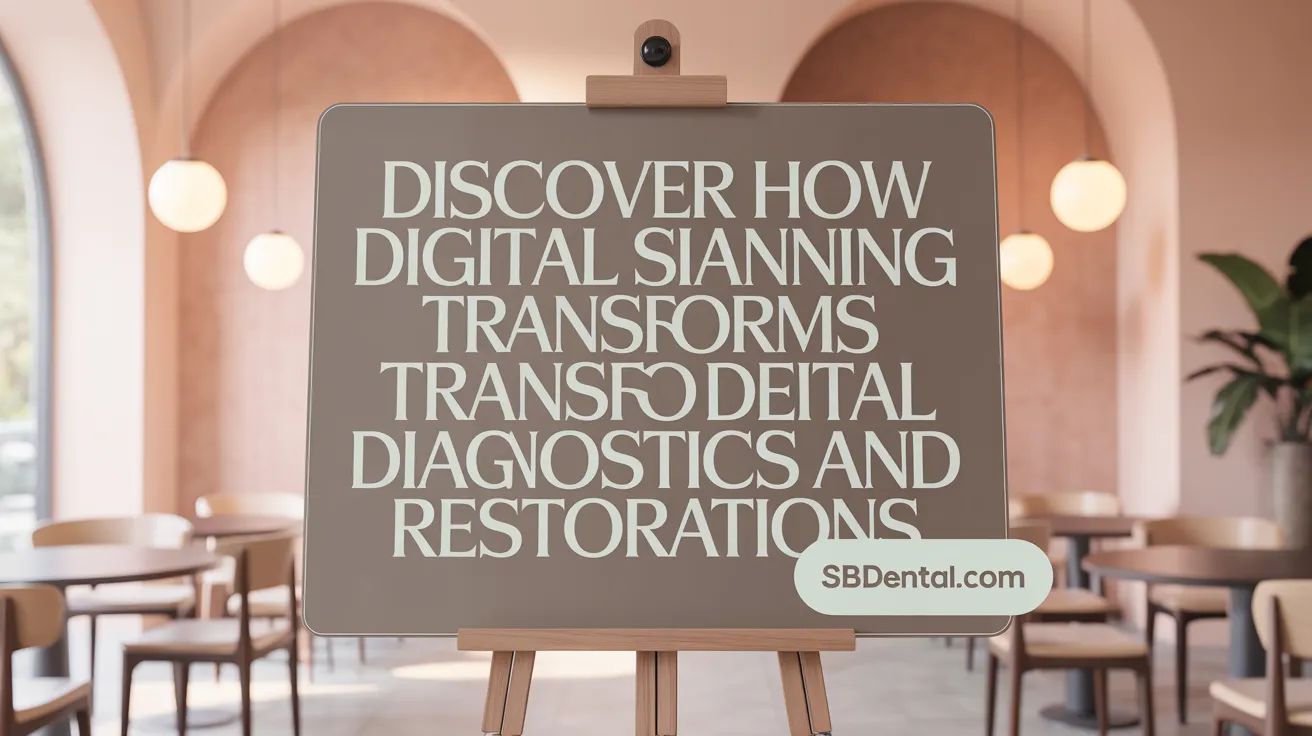
What is digital scanning technology in dentistry, and what are its common applications?
Digital scanning technology in dentistry refers to the use of advanced intraoral scanners and optical devices to generate highly detailed three-dimensional images of the teeth, gums, and entire oral cavity. These handheld devices utilize structured light, laser, or powder-free optical methods to capture accurate and comprehensive digital impressions.
These digital impressions are then used for a variety of dental procedures. One of the most common applications is in restorative dentistry. Dentists use digital scans to design and produce crowns, bridges, inlays, onlays, veneers, and dental implants with high precision. Faster and more comfortable than traditional molds, digital impressions improve patient experience and reduce appointment times.
Orthodontic treatment planning also benefits significantly from digital scanning. Clear aligners, retainers, and other orthodontic devices are fabricated based on these detailed digital models, allowing for precise and predictable results.
Beyond restorative and orthodontic uses, digital scans aid in diagnostics. They help identify early signs of dental caries, tooth wear, and other abnormalities, enabling timely intervention. Furthermore, these scans assist in complex surgical procedures like implants and maxillofacial surgeries, where accurate 3D models are essential for planning.
Other broader uses include forensic applications for identifying individuals and in telehealth settings, where detailed digital images can be shared remotely for consultation.
The benefits of digital scanning extend beyond accuracy and speed. They support minimally invasive approaches, personalized treatments, and seamless integration into digital workflows, resulting in more efficient, personalized, and less stressful dental care.
| Application Area | Specific Uses | Benefits |
|---|---|---|
| Restorative Dentistry | Crowns, bridges, veneers, implants | Accurate, quick, comfortable patient experience |
| Orthodontics | Clear aligners, retainers, monitoring teeth | Precise planning and predictable outcomes |
| Diagnostic Procedures | Early decay detection, structural assessments | Enhanced early intervention and planning |
| Surgical Planning | Implant placement, jaw surgeries | Improved surgical accuracy and safety |
| Forensic and Telehealth | Identification, remote consultations | Broader accessibility and utility |
As the technology advances, future developments are expected to include lighter, faster, and more AI-integrated scanners, further expanding the scope and effectiveness of digital dental care.
How Digital Scanning Devices Work in Modern Dental Practice
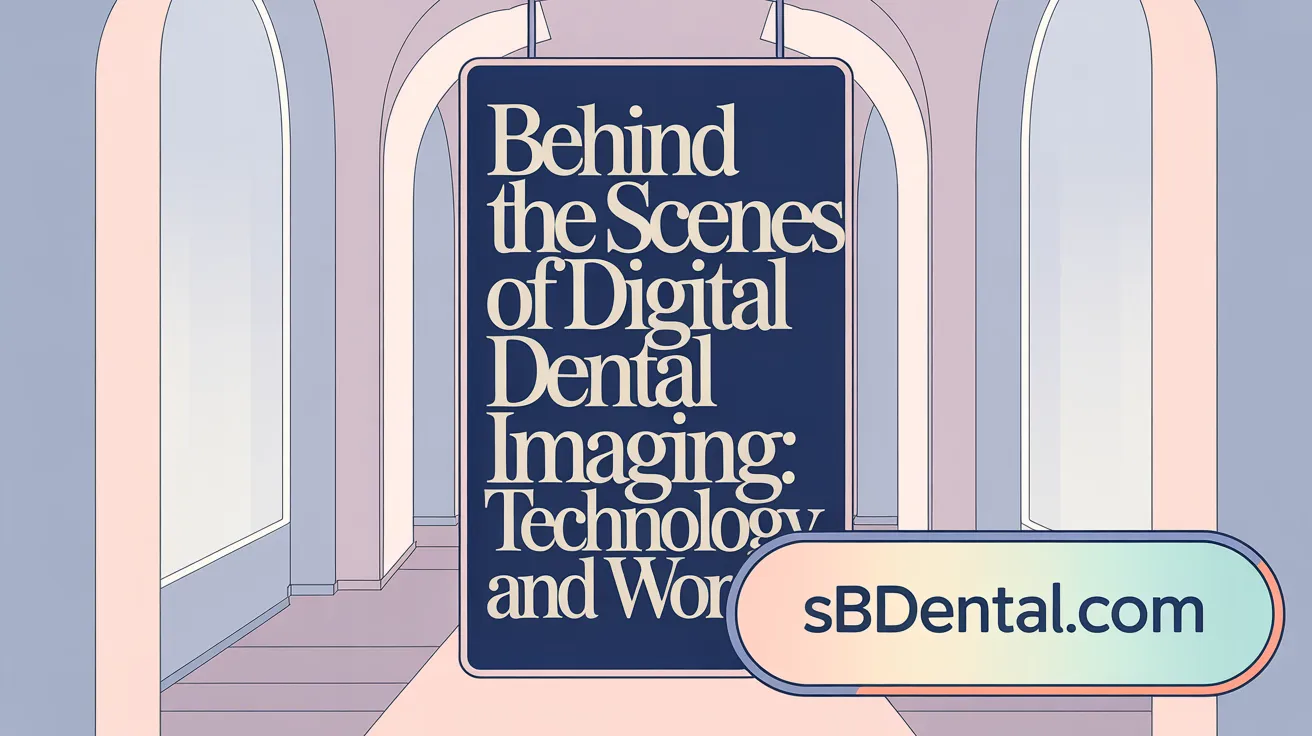
How do intraoral scanners and other digital scanning devices work in dentistry?
Intraoral scanners and other digital scanning devices in dentistry are sophisticated tools that leverage cutting-edge optical technologies to produce detailed 3D images of the teeth and surrounding tissues. These devices come in various forms, including structured light scanners, laser scanners, and powder-free scanners, each designed to optimize accuracy and ease of use.
The process begins with a wand-shaped device that the dentist or hygienist gently moves inside the patient’s mouth. Structured light scanners project precise light patterns onto the dental surfaces. Laser scanners, on the other hand, use focused laser beams to scan the area. Powder-free scanners utilize focused light to generate images without needing powder to coat reflective surfaces. These patterns are analyzed by the scanner’s sensors to detect how the light is distorted when it hits different surfaces.
As the device captures thousands of images per second, the software processes this data in real time to compile a comprehensive digital model. The images are stitched together seamlessly, creating a highly accurate three-dimensional representation of the patient's dentition, soft tissues, and even nerve pathways. This model often includes color information to assist with diagnosis and treatment planning.
Advancements such as polarization filters, focus scanning, and pattern projection techniques improve the clarity and accuracy of the images, even in challenging areas like translucent teeth or complex anatomies. Moreover, software integrated with artificial intelligence (AI) helps enhance image quality, provide real-time feedback, and assist in identifying potential issues like caries or deformities during the scan.
The final digital impressions are quick to produce, comfortable for patients, and significantly more precise than traditional molds. These digital models can be directly used for designing crowns, bridges, aligners, and other restorations, streamlining the workflow and ensuring better fitting prosthetics. Overall, digital scanning technology fosters faster diagnosis, improves treatment outcomes, and enhances patient experience in modern dental care.
Benefits of Digital Scanning for Dental Patients
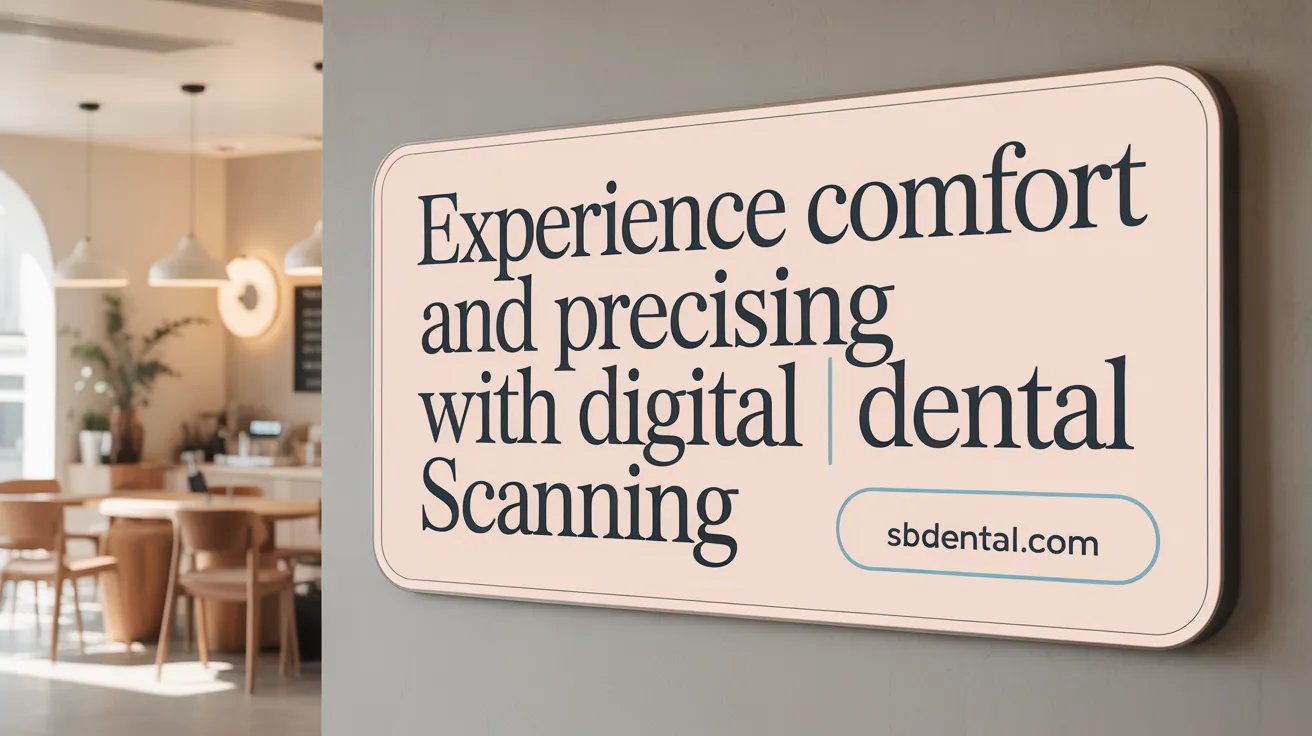
What are the benefits of digital scanning technology for dental patients?
Digital scanning technology has revolutionized the patient experience in dentistry. One of the main advantages is increased comfort. Unlike traditional impressions that often involve uncomfortable, goopy materials, intraoral scanners use a wand-shaped device to produce high-resolution images of the teeth and soft tissues. Patients typically find this process more pleasant and less invasive.
In addition to comfort, digital impressions are captured quickly. The scanning process usually takes just a few minutes, significantly reducing chair time. This speed not only makes visits more comfortable but also streamlines workflows, allowing dentists to move efficiently from diagnosis to treatment planning.
Accuracy is another major benefit. Digital scanners generate precise 3D images that lead to better-fitting restorations such as crowns, bridges, and aligners. This high level of detail minimizes the need for adjustments or remakes, ensuring higher quality outcomes and fewer appointments.
From an environmental and safety perspective, digital impressions eliminate the need for disposable impression materials, reducing waste and associated costs. The digital files also enhance communication between dentists and laboratories, leading to faster, more accurate production of dental appliances.
Overall, digital scanning offers a more comfortable, precise, and eco-friendly approach to dental care. Patients benefit from quicker procedures, better-fitting restorations, and improved communication, all of which contribute to a more positive dental experience.
This technology continues to evolve, promising even more streamlined and patient-friendly solutions in the future.
Comparing Digital Scanning and Traditional Dental Impression Methods
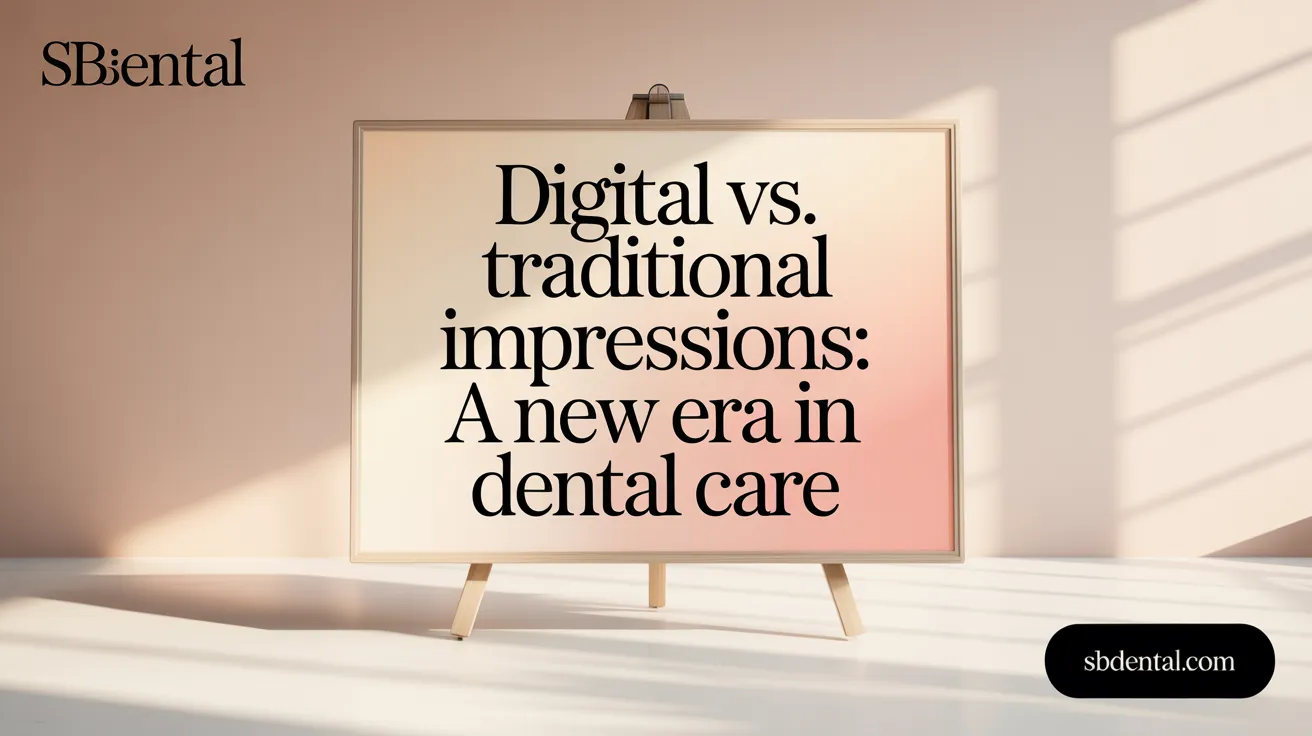
How does digital scanning technology differ from traditional dental impression methods?
Digital scanning technology offers a modern alternative to traditional impressions by providing a non-invasive, more comfortable experience for patients. Instead of using messy impression materials like alginate or silicone, intraoral scanners utilize optical or laser technology to capture high-resolution, 3D images of the teeth and surrounding tissues. This method is quicker, with most full-arch scans completed in about 40 seconds by experienced operators.
Traditional impressions involve placing sticky, often uncomfortable molds into the patient’s mouth, which can cause gagging or discomfort. In contrast, digital scans are painless, easy to perform, and reduce procedural steps, minimizing human error and the risk of distortions in the final models. Furthermore, digital impressions are immediately viewable, allowing dentists to verify accuracy on the spot.
Another significant advantage is the speed of transmission. Digital files can be sent instantly to labs, reducing turnaround times for crowns, bridges, or other restorations. Environmentally, digital methods produce less waste compared to traditional materials, making them a more sustainable choice.
Overall, digital scanning enhances patient comfort, increases efficiency, and improves the precision of dental restorations, reflecting a significant shift in dental practice workflows.
Limitations and Practical Considerations in Using Digital Scanning Technology
What limitations and considerations should dentists keep in mind when using digital scanning technology?
Digital scanning technology has revolutionized dental practice, offering faster and more comfortable impressions. However, practitioners must be aware of some limitations and practical factors.
One major consideration is the high initial cost of acquiring equipment. Intraoral scanners typically range from $5,000 to over $23,000, and additional investments in training and support are necessary to ensure proper use.
Training is essential for optimal results. Specialized courses and vendor support help staff understand scanner operation, software management, and data security. Ongoing education ensures the team stays updated on technological advances and best practices.
While digital scanners offer excellent accuracy, they can face challenges in capturing certain anatomical areas. Difficulties may arise in imaging subgingival zones or moist tissues where moisture or soft tissue interference affects scan quality. Proper soft tissue retraction and operator technique are crucial.
Data security and seamless workflow integration are also key concerns. Protecting patient information according to privacy laws requires secure systems and cybersecurity measures. Ensuring compatibility with existing CAD/CAM systems and electronic health records facilitates smooth workflow operation.
Implementing digital impressions involves strategic planning to avoid workflow disruptions. Staff engagement, adherence to regulatory standards, and regular maintenance are vital for consistent performance. Awareness of these limitations allows practices to utilize digital scanning technology effectively.
Addressing challenges such as initial costs, training, and technical hurdles helps optimize the benefits, including improved accuracy, patient satisfaction, and workflow efficiency.
Future Trends and Innovations in Digital Scanning Dentistry
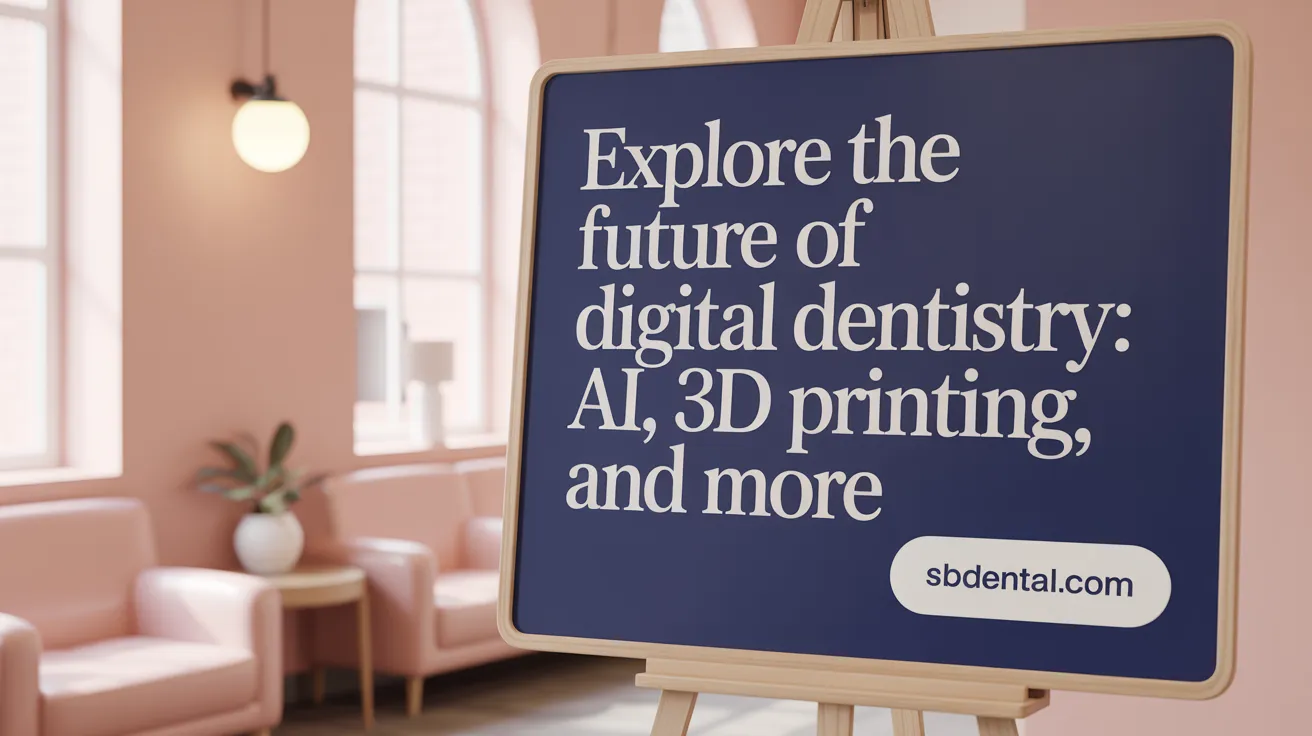
What are the future trends and developments expected in digital scanning technology for dentistry?
The future of digital scanning in dentistry is set to transform how practitioners diagnose and treat patients. One of the most notable developments will be the increased use of artificial intelligence (AI) integrated into scanning devices and workflows. AI will enhance diagnostic precision, automate routine tasks such as data analysis, and aid in designing restorations like crowns and bridges more efficiently.
Hardware innovations are also on the horizon. Future intraoral scanners are expected to be lighter, wireless, and powder-free, making them easier and more comfortable for patients. These devices will likely include color imaging capabilities and ergonomic designs with self-calibration features to streamline the clinical process.
Software advances will play a crucial role as well. New imaging software will improve the quality and accuracy of digital impressions, with enhanced functionalities for tooth segmentation, diagnostics, and visualization. Cloud connectivity will enable seamless data sharing among dental teams and labs, facilitating quick decision-making and collaborative treatment planning.
Moreover, deep learning algorithms will support more sophisticated analytics, providing insights that help customize patient care further. This will include predicting treatment outcomes and optimizing procedures based on comprehensive data analysis.
The expanding role of 3D printing will also influence the field considerably. On-demand fabrication of restorations, surgical guides, and prosthetics will become more common, reducing costs and turnaround times.
Altogether, digital scanning is evolving into a highly integrated, patient-focused technology that combines advanced imaging, AI-driven diagnostics, and streamlined workflows to improve clinical results and patient comfort.
In summary, these innovations will lead to faster, more accurate, and more accessible dental care, positioning digital scanning as an essential tool for the modern practice.
Embracing the Future of Dental Care with Digital Scanning Technology
Digital scanning technology is revolutionizing the way dental care is delivered, prioritizing patient comfort, precision, and efficiency. Its applications continue to expand, supported by continuous innovations in hardware, software, and artificial intelligence. While challenges like cost and training exist, the long-term benefits for patients and providers far outweigh them. Understanding this technology empowers patients to make informed decisions and embrace modern dentistry’s potential for personalized, less invasive, and more effective treatments. As digital scanning becomes the new standard, patients can look forward to smoother experiences and better dental health outcomes in the years ahead.
References
- Digital dentistry: What to know about a few popular technologies
- What are digital impressions and how do they work?
- Digital Dental Scanning Guide by International Dental Arts
- What you should know about using two scanners in your ...
- Digital Scanning in Cupertino, CA
- What You Should Know About Intraoral Scanners
- Intraoral Scanners: Mechanism, Applications, Advantages ...
